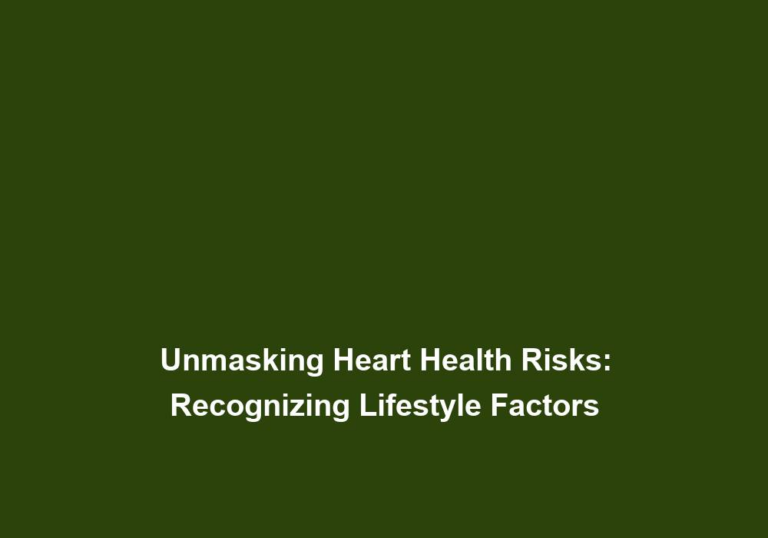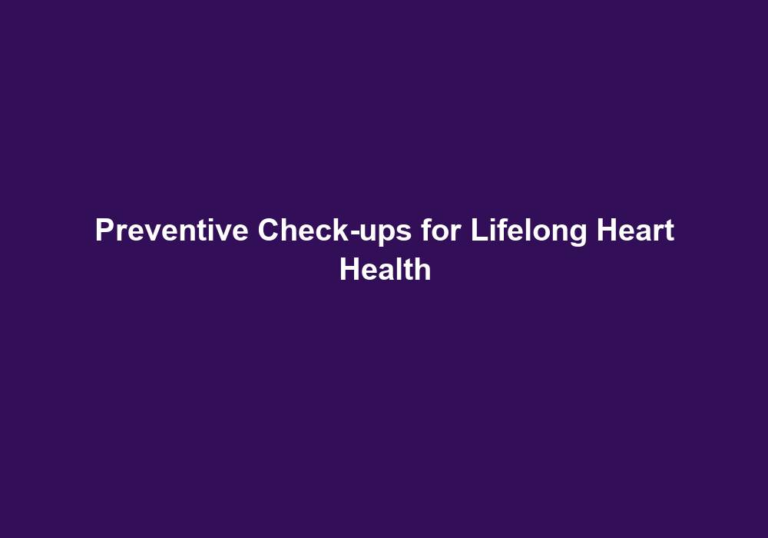Community Champions: Spreading AED Awareness and Training
Imagine a scenario where a person suddenly collapses due to a cardiac arrest in a public place. This situation can be terrifying and urgent, requiring immediate action to save the person’s life. This is where the importance of Automated External Defibrillators (AEDs) and the role of community champions in spreading awareness and training becomes crucial.
Understanding Cardiac Arrest and AEDs
Cardiac arrest occurs when the heart suddenly stops beating, causing a disruption in blood flow to vital organs. Every minute that passes without intervention decreases the chances of survival by 7-10%. Therefore, quick access to medical intervention is essential to increase the chances of saving a person’s life.
Automated External Defibrillators (AEDs) are portable devices that can deliver an electric shock to restore the heart’s normal rhythm during cardiac arrest. These devices are designed to be user-friendly, with clear instructions and voice prompts, making them suitable for individuals without medical training to use effectively.
AEDs are equipped with advanced technologies that analyze the heart’s rhythm and determine if a shock is necessary. Once the shock is delivered, the AED continues to monitor the heart rhythm and advises further action if needed. These devices are reliable and can significantly increase the chances of survival during a cardiac emergency.
The Role of Community Champions
Community champions play a vital role in raising awareness about the importance of AEDs and training individuals in their usage. They act as advocates for AED placement in public spaces, educate the community about the significance of early defibrillation, and provide training sessions on how to use AEDs effectively.
Community champions can be individuals, organizations, or community groups dedicated to creating a safer environment for everyone. By taking the initiative to spread AED awareness and training, they empower communities to respond promptly and effectively during cardiac emergencies.
To fulfill their role effectively, community champions collaborate with local authorities, healthcare professionals, and organizations. By building partnerships, they gain support and resources to implement AED programs and training initiatives. These collaborations also ensure the sustainability and growth of AED awareness campaigns.
Importance of AED Awareness and Training
-
Saving Lives: AEDs have proven to be life-saving devices during cardiac emergencies. By spreading awareness about their presence in public areas and training individuals on their usage, community champions ensure a higher chance of survival for victims of cardiac arrest.
- AEDs increase the chances of survival by providing immediate defibrillation, which is crucial in restoring the heart’s normal rhythm.
- The prompt use of AEDs by bystanders can bridge the gap between a cardiac arrest event and the arrival of medical professionals.
- With each minute that passes without defibrillation, the survival rate decreases significantly. AED awareness and training help minimize this delay.
-
Reducing Response Time: Immediate response is crucial during a cardiac arrest. By educating the community about the importance of early defibrillation and training them in AED usage, community champions help reduce the response time, increasing the chances of a positive outcome.
- Rapid access to AEDs within public spaces ensures that bystanders can quickly initiate life-saving measures.
- By empowering individuals with the knowledge and skills to use AEDs, community champions promote a culture of immediate response, improving the overall response time.
-
Empowering Bystanders: Cardiac arrests can happen anywhere, and bystanders are often the first witnesses. By providing AED training, community champions empower bystanders to take action confidently and effectively, potentially saving lives before medical professionals arrive.
- AED training equips bystanders with the ability to recognize cardiac arrest, activate emergency medical services, and perform CPR in conjunction with AED usage.
- Bystanders who are trained in AED usage become active participants in the chain of survival, significantly increasing the chances of a positive outcome.
- The confidence gained through training enables bystanders to remain calm and focused while providing critical assistance until medical professionals arrive.
-
Creating Heart-Safe Communities: Spreading AED awareness and training helps create heart-safe communities where individuals are aware of the cardiac emergency response protocol. This not only increases the chances of survival for victims but also instills confidence and a sense of security within the community.
- AED awareness campaigns foster a culture of preparedness, ensuring that people understand the importance of early defibrillation and know where to find AEDs.
- By creating heart-safe communities, individuals feel more secure and confident in public spaces, knowing that life-saving equipment is readily available.
- The sense of security provided by AEDs encourages community members to actively participate in emergency response, leading to a safer environment for everyone.
Steps to Becoming a Community Champion
Becoming a community champion involves taking proactive steps to spread AED awareness and training. Here are some steps to get started:
1. Educate Yourself
To effectively educate others, it is essential to have a good understanding of cardiac arrest, AEDs, and their usage. Educate yourself by attending training sessions, workshops, and online courses focused on CPR and AED training. This knowledge will serve as the foundation for your role as a community champion.
- Participate in CPR and AED training programs offered by reputable organizations such as the American Heart Association or local healthcare providers.
- Attend workshops and seminars to stay updated on the latest advancements in cardiac emergency response and AED technology.
- Engage in self-study by reading reputable sources and publications that provide insights into cardiac arrest and AED usage.
2. Advocate for AED Placement
Identify public spaces within your community where AED placement would be beneficial. Collaborate with local authorities, organizations, and businesses to advocate for the installation of AEDs in these locations. Emphasize the importance of accessibility and visibility to ensure the devices are easily accessible during emergencies.
- Conduct research to identify high-traffic areas, such as parks, schools, shopping centers, and sports facilities, where AED placement can have the greatest impact.
- Present a compelling case to local authorities and businesses, highlighting the benefits of AED placement, including increased safety for community members and enhanced public image.
- Collaborate with community leaders and organizations to raise funds or seek sponsorships for AED purchases and installation.
3. Organize Training Sessions
Organize training sessions in collaboration with healthcare professionals, local organizations, or community groups. These sessions can be conducted in schools, community centers, workplaces, or any other gathering place. During the training, provide hands-on practice with AEDs, ensuring participants feel comfortable and confident in using them.
- Partner with local healthcare providers or organizations specializing in CPR and AED training to conduct comprehensive training sessions.
- Customize the training sessions based on the needs of the participants, ensuring they gain practical skills and knowledge.
- Incorporate interactive exercises and simulations to enhance participants’ understanding of AED usage and response to cardiac emergencies.
4. Spread Awareness
Utilize various communication channels to spread awareness about AEDs and their significance. Create informative materials, such as brochures or posters, highlighting the importance of AED usage during cardiac emergencies. Collaborate with local media outlets to raise awareness through interviews, articles, or public service announcements.
- Design visually appealing brochures and posters that provide concise and easy-to-understand information about AEDs, cardiac arrest, and the role of community champions.
- Leverage social media platforms to engage with the community and share informative content about AEDs and cardiac emergency response.
- Collaborate with local newspapers, radio stations, and television channels to feature articles and interviews that highlight the impact of AED awareness and training.
5. Engage in Community Outreach
Engage with the community through events, workshops, or seminars centered around AED awareness and training. Collaborate with schools, workplaces, or community organizations to reach a wider audience. Encourage individuals to become certified in CPR and AED usage, fostering a community of trained first responders.
- Organize community events, such as health fairs or CPR/AED awareness campaigns, to engage with a diverse range of community members.
- Partner with schools and educational institutions to incorporate AED training into their curriculum or extracurricular activities.
- Establish relationships with local businesses to provide AED training to their employees, creating a network of individuals ready to respond during emergencies.
Conclusion
Community champions play a crucial role in spreading AED awareness and training, ultimately saving lives during cardiac emergencies. By actively advocating for AED placement, organizing training sessions, and raising awareness, they create heart-safe communities where individuals are prepared to respond promptly and effectively. By becoming a community champion, you can make a significant impact in your community and become part of a life-saving network.







